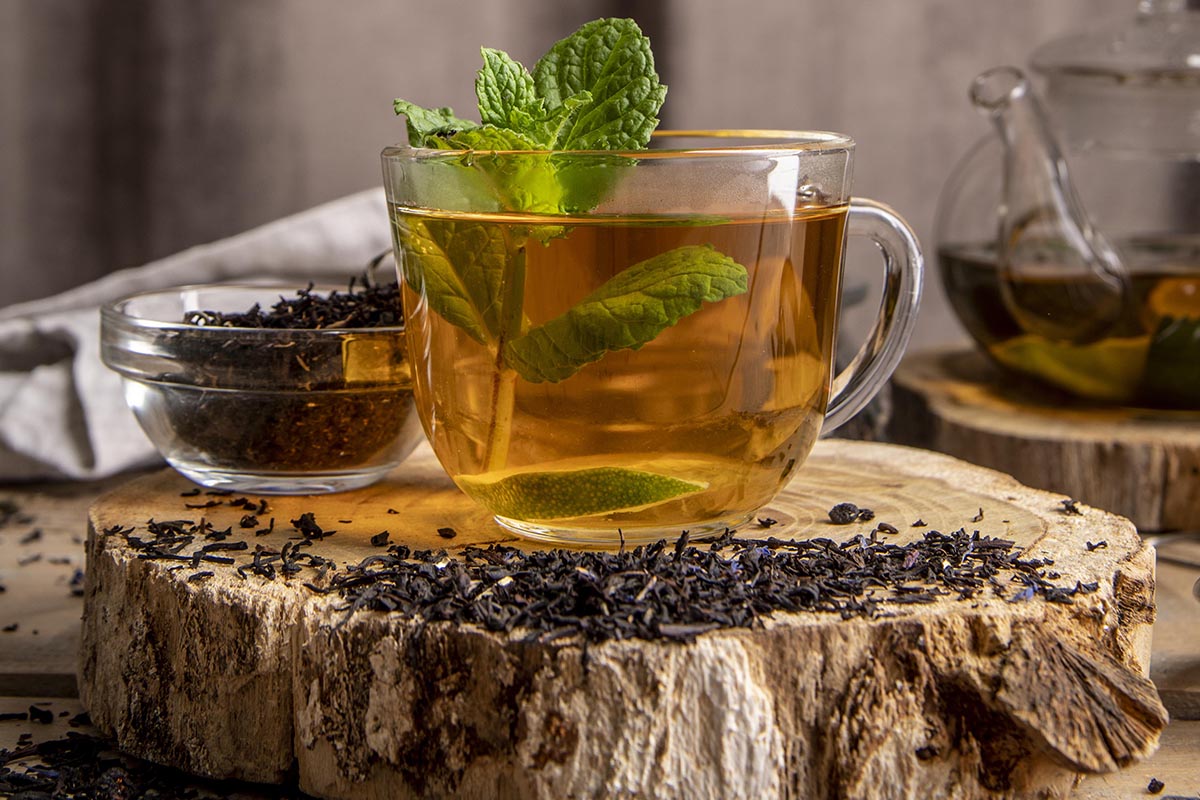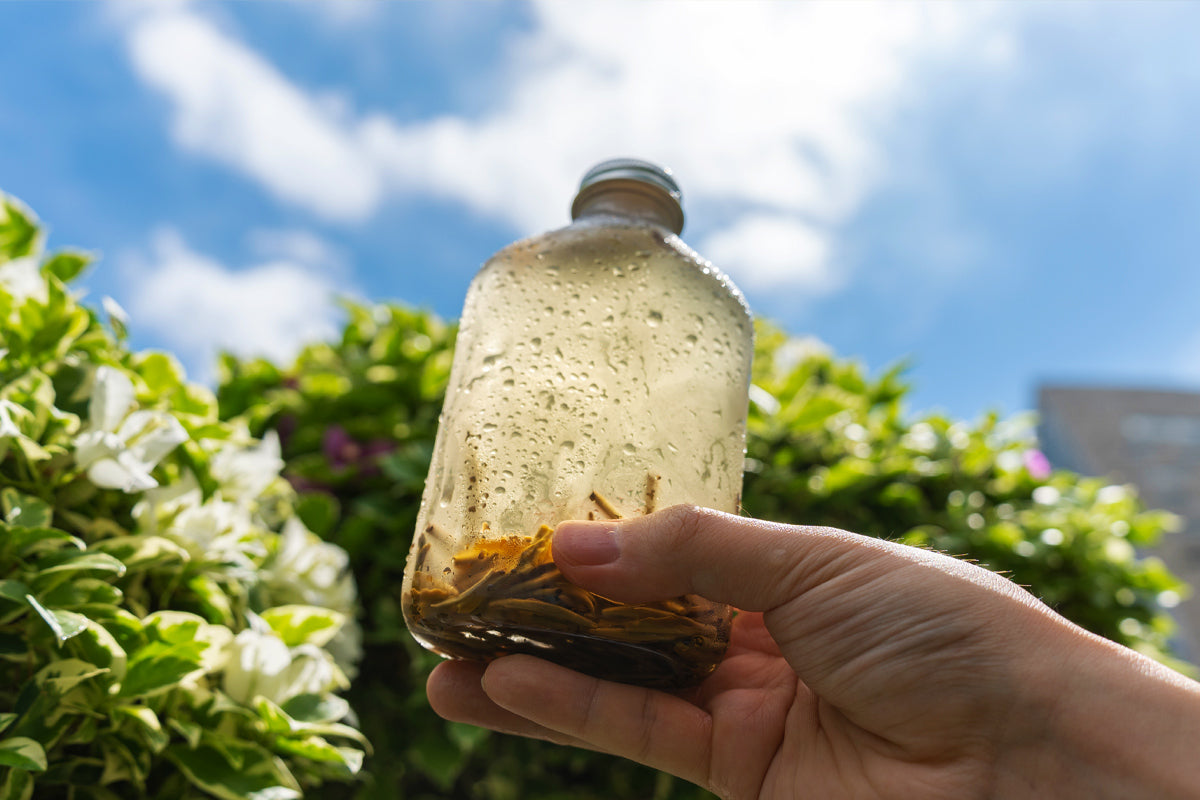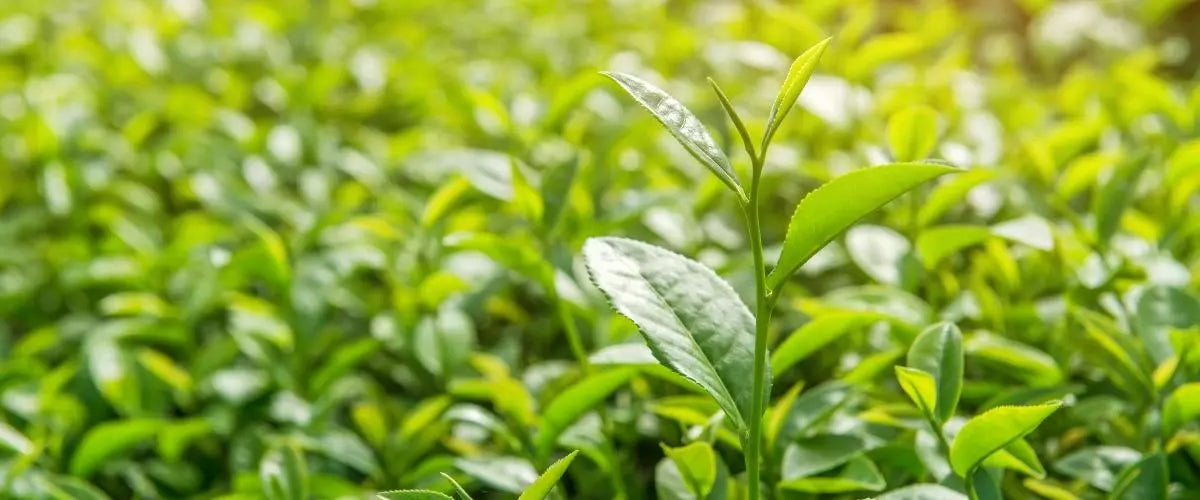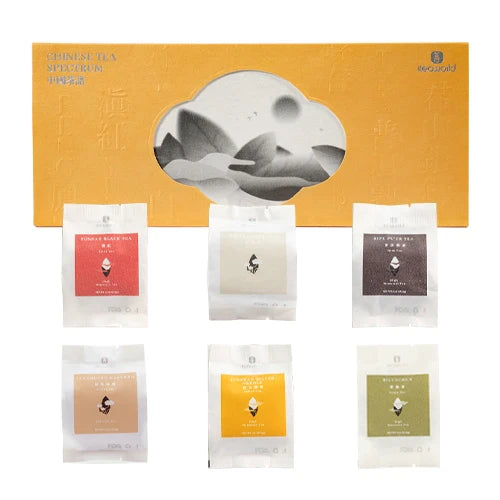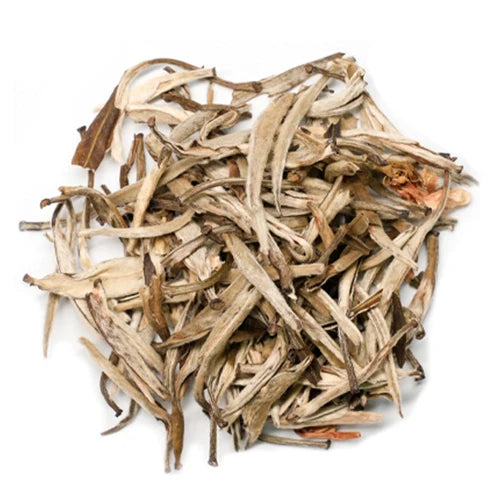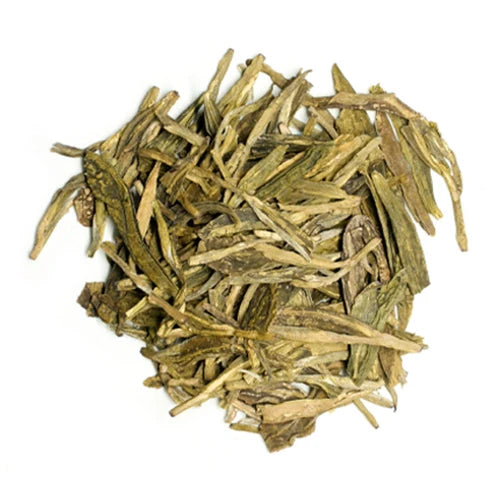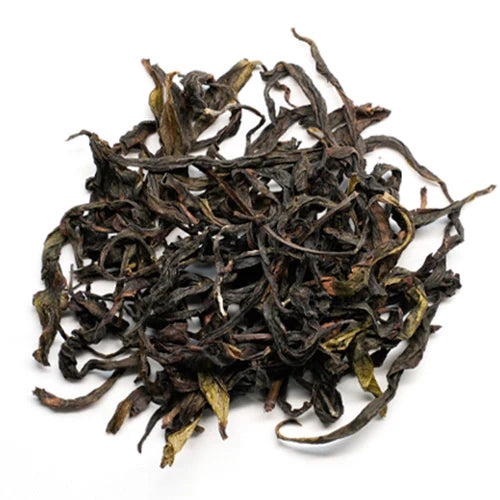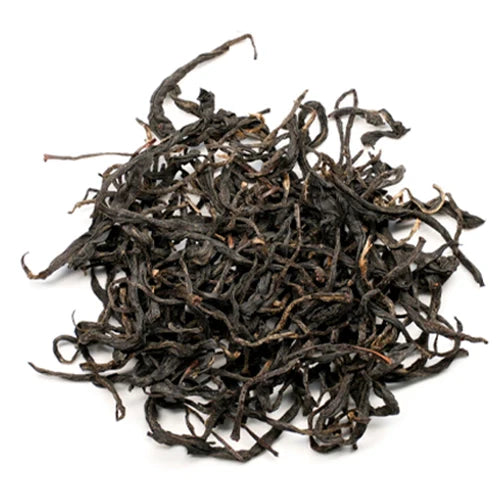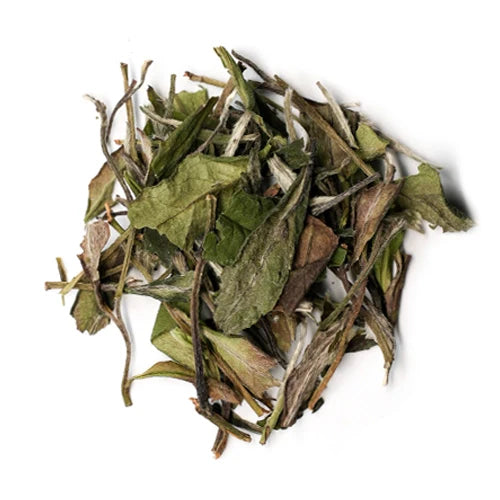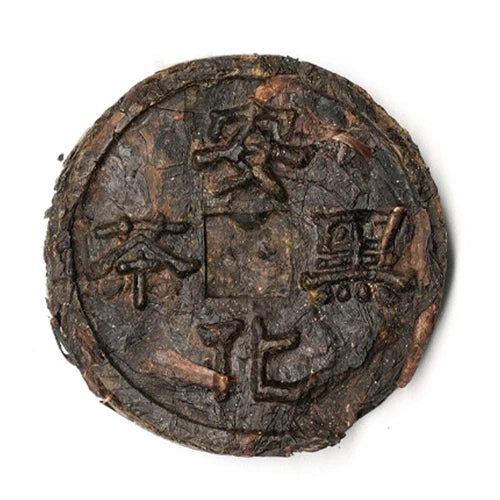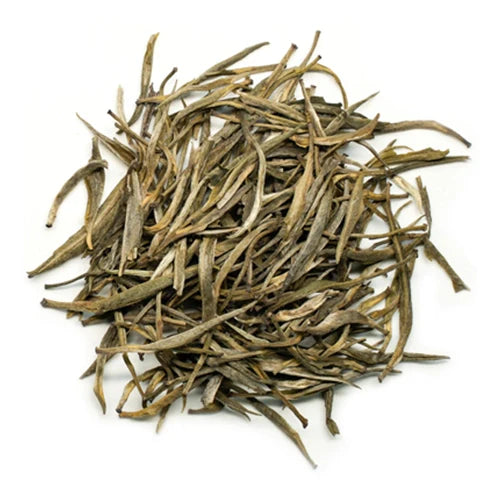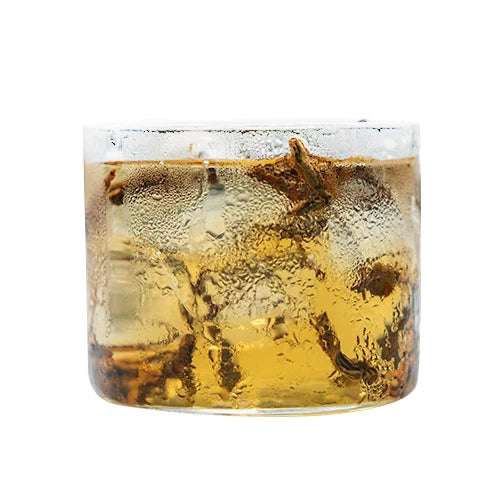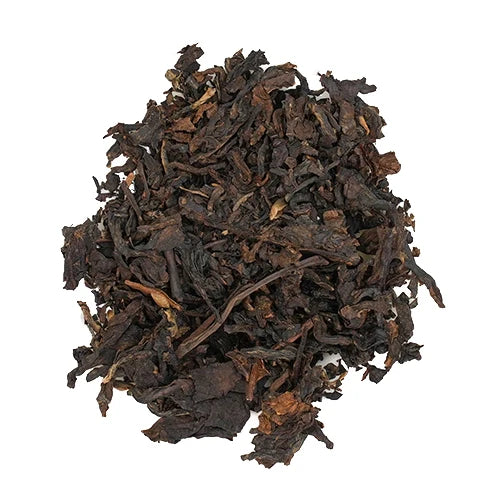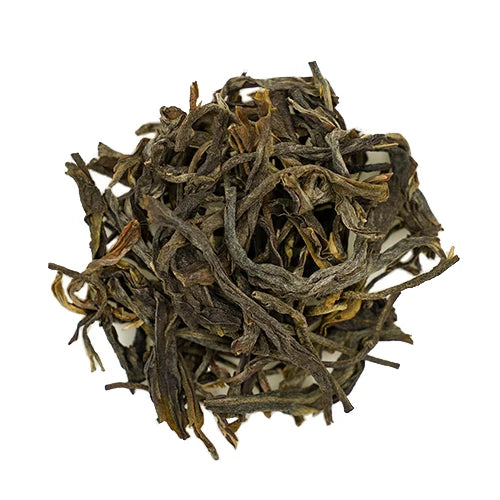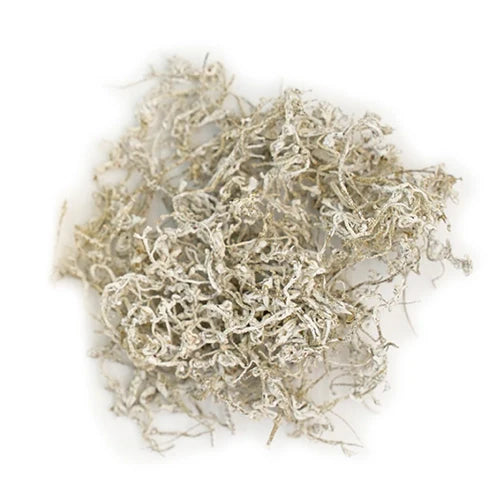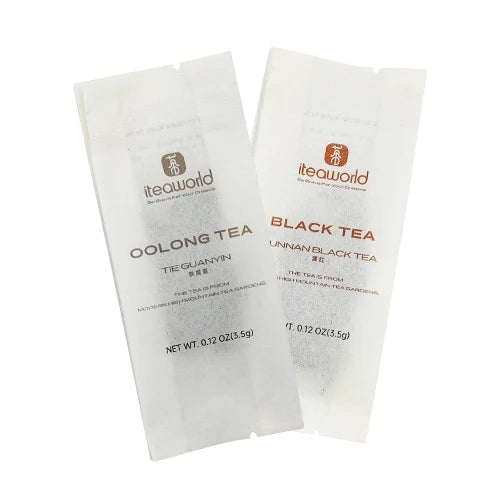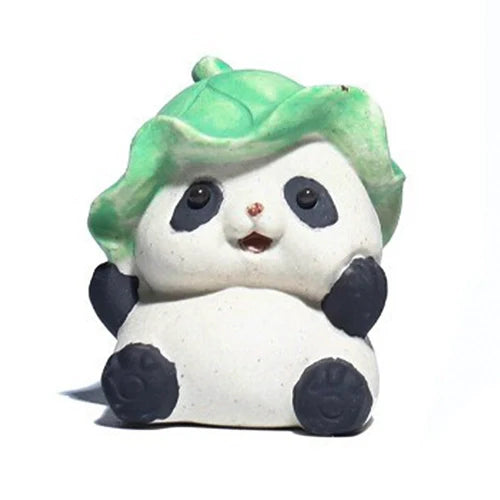What is black tea?
Black tea is one of the six major types of Chinese tea, and it is highly popular worldwide.
Black tea is known for its high oxidation level (70%~90%) and warm red-colored tea soup. It has a rich and delicate taste, often with a hint of sweetness.
The earliest black teas can be traced back to the Song Dynasty (960-1279 AD) in China. Today, there are many Chinese black tea varieties, such as Lapsang Souchong, Yunnan black tea and Jin Jun Mei. Additionally, there are other varieties worldwide, including Assam Black Tea, Darjeeling Black Tea, and Earl Grey.
As the Holiday Tea Sale approaches, tea lovers can take this chance to restock their favorite teas or explore new ones. iTeaworld — Premium Chinese Loose Leaf Tea Celebration is now live: Treat yourself and your loved ones to the finest selection of Chinese teas and exclusive gift boxes, with savings up to 50% OFF!
What is dark tea?
Dark tea is also one of the six major types of Chinese tea. While it may not be as well-known as black tea, many experienced tea enthusiasts believe that the deliciousness and influence of dark tea are no less than that of black tea.
The distinctive feature of dark tea comes from its unique post-fermentation process. Post-fermentation refers to the process of piling tea leaves that have undergone withering and rolling, along with appropriate temperature and humidity, allowing the tea leaves to ferment under the action of microorganisms.
There are several varieties of dark tea, including the well-known Ripe Pu-erh, as well as lesser-known varieties such as Liu Bao Tea and Anhua Dark Tea.
I'm curious, why do black tea and dark tea have such similar names?
"Black" and "dark" sound like they mean the same thing. Why did people choose such confusing names for black tea and dark tea?
One theory suggests that historically, the first black tea Westerners encountered was China's Lapsang Souchong. When people saw the dark color of Lapsang Souchong's dry leaves, they began calling this loose leaf tea “black tea." If translated according to the Chinese name “红茶 (hóngchá)", the appropriate English name would be “red tea." However, the English name "black tea" persisted over time, and there was no intention to change it.
Dark tea reached Europe and other regions later than black tea. When people considered translating dark tea according to its Chinese name “黑茶 (hēichá)," they found that the word "black" which accurately conveys the meaning “黑(hēi)" was already in use. What to do? Fortunately, there was also the word “dark." And that's how the English name for dark tea was settled upon.
The Difference in Taste and Aroma Between Black Tea and Dark Tea
Black tea generally has a mellow and smooth taste, with a noticeable sweetness. Its aroma often includes fruity and floral notes, leaning towards a fresh and fragrant profile. Some unique black teas, like Lapsang Souchong, also feature a distinct smoky aroma. It's recommended to explore the aromas of different black teas using a loose leaf tea sampler.
Due to its post-fermentation process, dark tea has a denser taste compared to black tea. Its aroma typically includes notes of wood, agilawood, jujube, and sometimes a fungal earthiness, creating a deeper and more intense profile. Tea beginners may find the taste of dark tea challenging at first. However, those who have developed a taste for tea may find themselves irresistibly drawn to dark tea.
For those who enjoy a mellow tea taste, besides black tea and dark tea, oolong tea is also worth trying. Many highly regarded best oolong tea, such as Oriental Beauty and Da Hong Pao, offer a mellow taste while showcasing the characteristic high fragrance of loose leaf oolong tea.
The Difference in Production Regions Between Black Tea and Dark Tea
Black tea is widely produced in several countries, including China, Sri Lanka, India, Indonesia, and Thailand.
Dark tea is primarily produced in China. Among them, Yunnan Province in China is a major producer of ripe Pu-erh tea. In addition to Yunnan, there are locally famous dark tea production areas in Hunan, Hubei, Guangxi, and other regions of China. It can be fascinating to explore dark teas from different regions using a tea sampler to compare their characteristics.
Black Tea Recommendations
1. Lapsang Souchong
Lapsang Souchong is the earliest black tea in the world, originating from Wuyi Mountain in Fujian Province, China.
The traditional version of Lapsang Souchong has a reddish-brown dry leaf appearance, a deep red liquor color, a mellow and lingering taste, and a unique smoky flavor. Because of this smoky flavor, Lapsang Souchong is highly acclaimed and considered one of the best loose leaf tea. The smoky flavor comes from the traditional Lapsang Souchong's unique pine wood smoking process.
Today, due to restrictions on pine wood harvesting in the Wuyi Mountain region, the production of traditional Lapsang Souchong is gradually decreasing, being replaced by modern version of Lapsang Souchong without the smoky flavor.
2. Yunnan Black Tea (Dian Hong)
Yunnan Black Tea primarily originates from Yunnan Province, China. It is characterized by using fresh leaves from Yunnan's large-leaf tea trees. Despite its history of less than a hundred years, Yunnan Black Tea has gained immense popularity among tea enthusiasts for its deliciousness and is now very well-known.
The dry leaves of Dian Hong are reddish-brown with golden tips. The tea soup of Yunnan Black Tea is bright red, with a rich taste and noticeable sweetness, often accompanied by notes of sweetness, honey, and sweet potato aroma.
Find more loose leaf black tea with our Black Tea Sampler.>>>
iTeaworld — Premium Chinese Loose Leaf Tea Celebration: Sip Authentic China, Save Big this Holiday!25% Off All Oolong Teas, 50% Off Green Teas, and Exclusive Free Gifts, end on Dec 1.Bring home authentic Chinese tea and share the warmth this holiday season.
Dark Tea Recommendations
1. Ripe Pu-erh
Ripe Pu-erh tea is mainly produced in Yunnan Province, China. It is made from large-leaf tea trees in Yunnan, and then undergoes a process of wet piling and complex fermentation to develop its unique flavor profile.
Ripe Pu-erh has a mellow, rich, and smooth taste, with a noticeable sweetness and a distinctive aged flavor. It typically carries aromas such as honey, aged notes, woody tones, and fruity notes.
2. Liu Bao Tea
Liu Bao Tea is primarily produced in Wuzhou City, Guangxi Province, China. One of the main reasons for the popularity of Liu Bao Tea is that people in humid and hot regions noticed that miners who regularly drank Liu Bao Tea were less prone to illnesses. As a result, Liu Bao Tea's benefits for regulating digestion, dispelling dampness, and relieving diarrhea became well-known among many.
Liu Bao Tea is renowned for its characteristics of being "red, strong, aged, and mellow." It has a deep red liquor color, a thick and aged aroma, and a sweet and mellow taste. High-quality Liu Bao Tea carries aromas of pine smoke and betel nut. Tea gift sets containing Liu Bao Tea are excellent choices as healthy and delicious gifts for family and friends.
Find more loose leaf dark tea with our Dark Tea Sampler.>>>
In general, apart from their similar names, black tea and red tea are quite different in many aspects, making them two distinctly characteristic types of tea.
In addition to black tea and dark tea, there are many other types of tea in Chinese tea culture worth trying, such as green tea, white tea, and oolong tea. Furthermore, exploring Chinese wild tea is also worthwhile; some wild tea that has undergone organic certification is healthy and delicious organic loose leaf tea, suitable for tea enthusiasts seeking healthier options.
I hope this article helps you gain a better understanding of Chinese tea and know how to choose your favorite teas.







